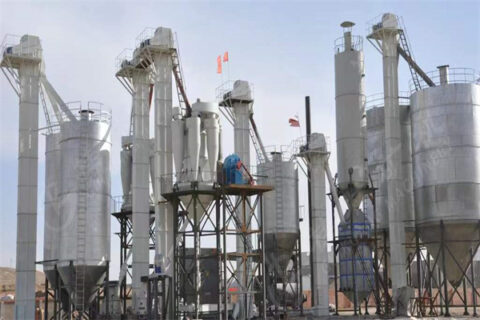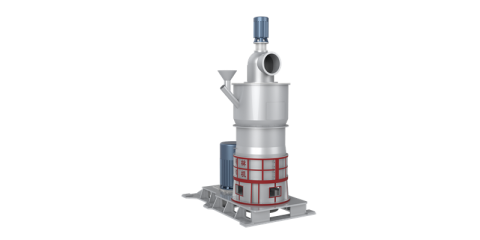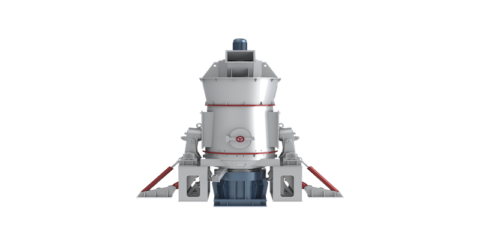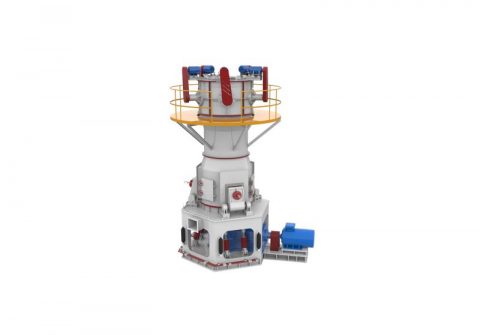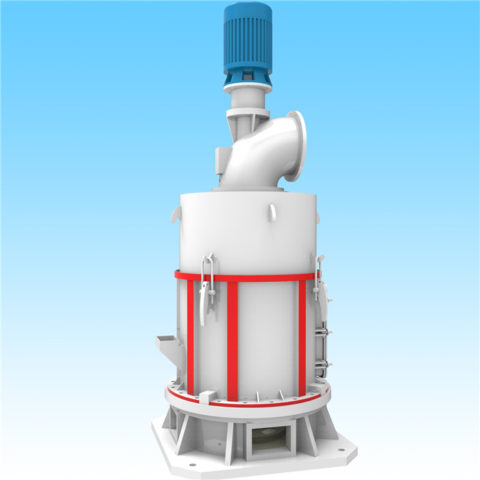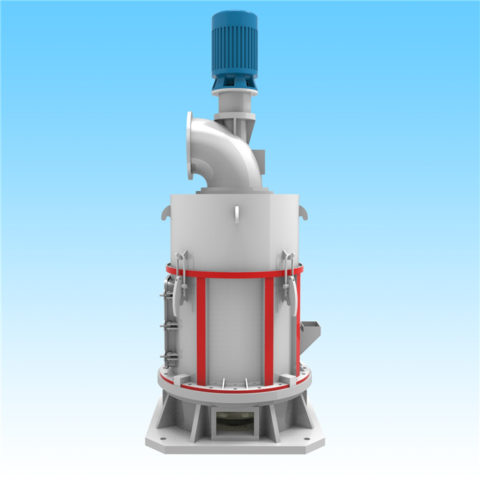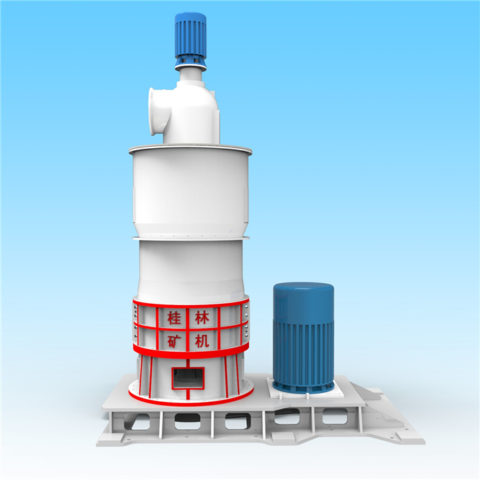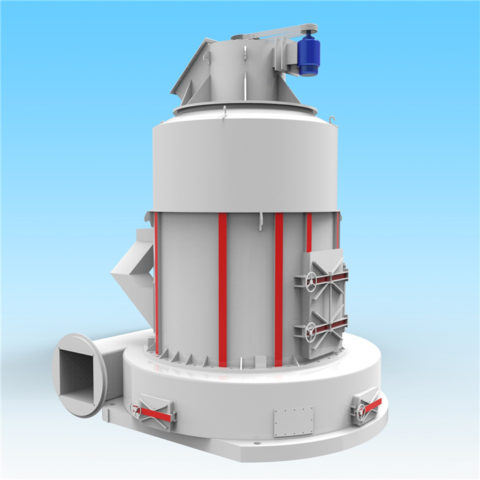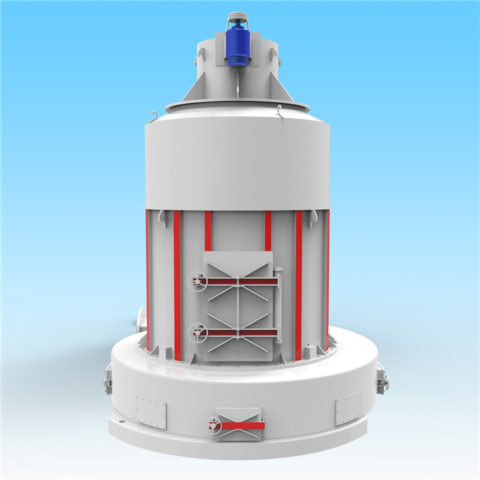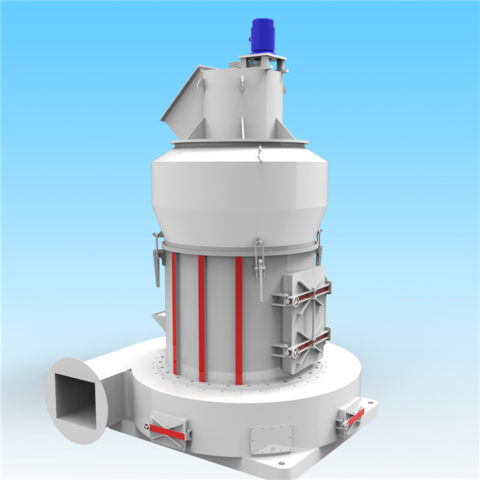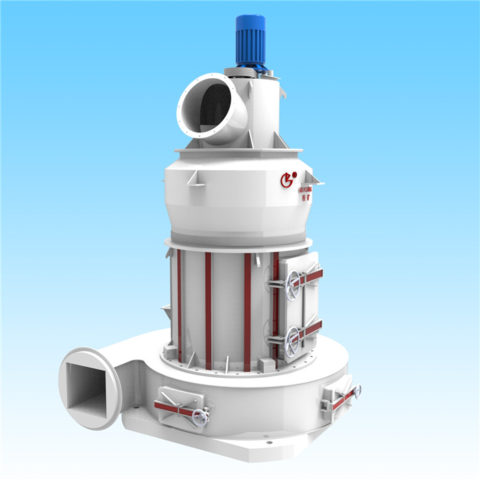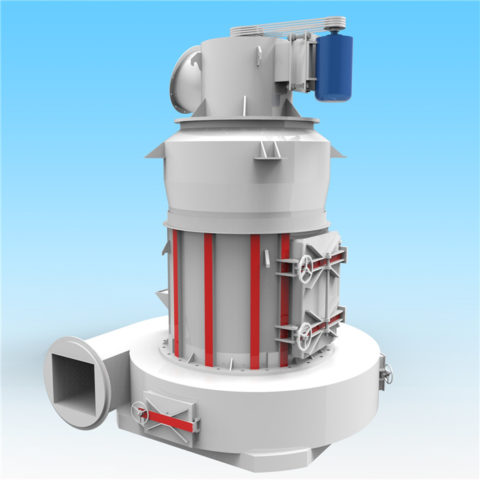Limestone vertical mill are suitable for the large-scale processing of non-metallic mineral powders, with significant scale and energy saving effects. While largely achieving refined production of products, they have advantages such as simple operation, convenient maintenance, simple process layout, small floor area, low civil engineering investment, low noise, and good environmental protection. The structure and grinding process of limestone mill has become one of the new advances in the research on the processing technology of non-metallic mineral powders such as limestone.
The limestone vertical mill structure and grinding process are completed by a set of grinding devices (i.e., grinding rollers and grinding discs), where materials are ground into powder between the rollers and grinding discs. The movement of the grinding device is driven by the rotation of the grinding disc and the corresponding drive of the grinding roller. In addition to the self weight of the grinding roller, the grinding pressure mainly relies on a set of hydraulic devices to pressurize the grinding disc material. There is a large amount of coarse powder in the milled material. The powder is selected by a matching powder concentrator. The powder selection process is through air flow separation. During the air flow process, most of the coarse powder automatically falls onto the grinding plate and is received for re grinding. The rest is selected as finished products by the powder concentrator and sent to the finished product storage warehouse through the dust collection and transportation system.
Grinding process of limestone mill: Raw ore is fed into a vibrating plate feeder by a forklift, crushed by a crusher, and lifted by a hoist to be sent to the raw material storage for use. The materials from the raw material storage warehouse are quantitatively fed by a frequency conversion controlled electronic belt weigher through a feed elevator and a lock air feeder to the center of the rotating vertical mill grinding plate. Under the action of centrifugal force, the materials move towards the edge of the grinding plate and enter the grinding roller table. The grinding roller exerts pressure on the materials in the roller table under the action of the hydraulic device and transmission arm, and the materials are subjected to crushing, shearing, squeezing, and grinding effects. At the same time, the wind blows evenly and upward at a high speed from the wind ring at the edge of the grinding plate, and the overflowing materials are blown up by a high speed airflow. Large particles fall into the grinding plate. The fine particles are classified by a powder concentrator, and qualified fine powder flows out of the limestone mill along with the air. It is collected into a finished product by a high-efficiency pulse bag type dust collector, and sent to the finished product warehouse by a finished product elevator (or pneumatic conveying). The packaging machine (small bags/ton bags) is used for packaging the warehouse; The unqualified coarse powder falls back onto the grinding plate under the action of the separator blade and is reground with the newly fed material. The limestone mill feed is fed into the limestone grinding mill through the feed elevator again, and this cycle completes the entire process of grinding and grading.

